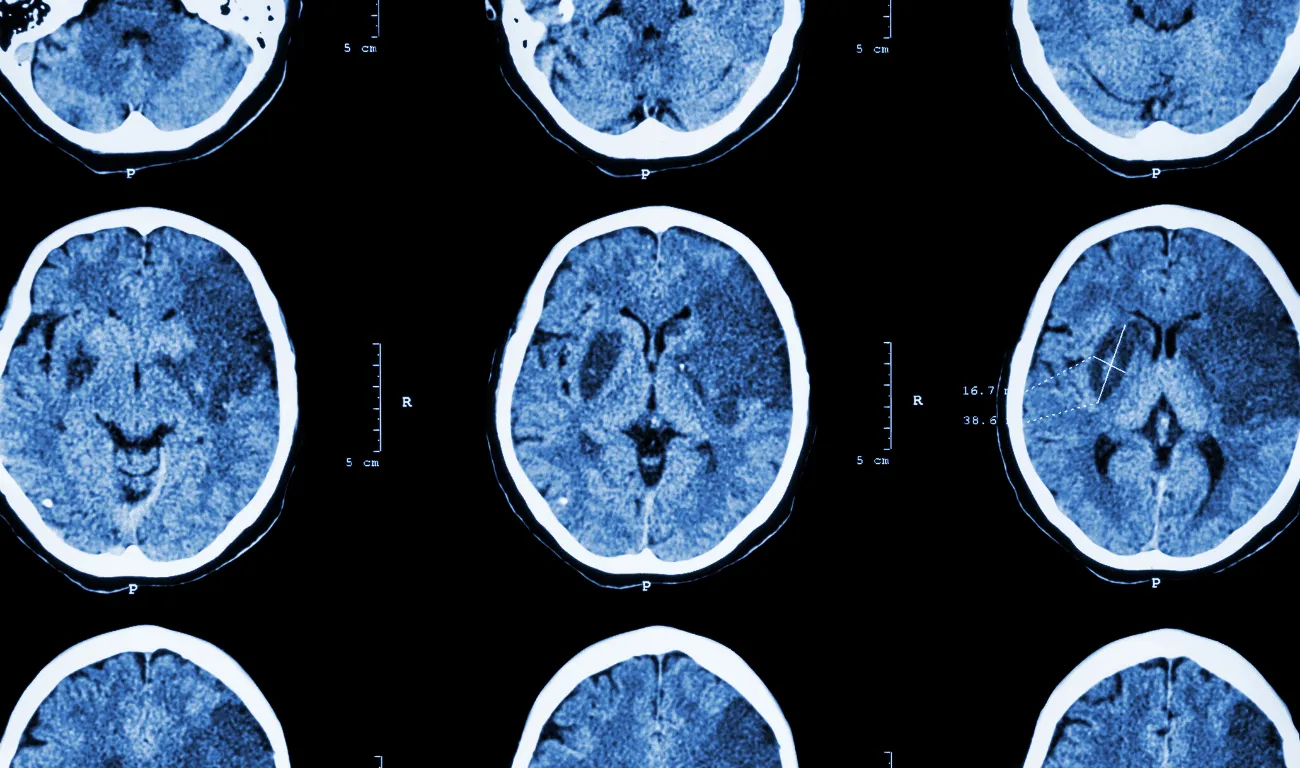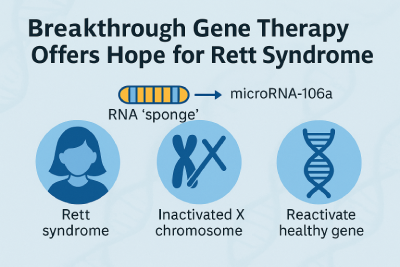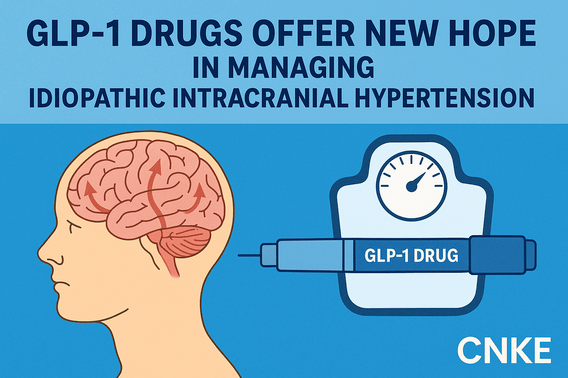A sweeping change is underway in the diagnosis and treatment of traumatic brain injury (TBI), as experts worldwide introduce the CBI-M framework—a multidimensional system designed to provide a far more detailed and individualized understanding of each patient’s condition.
Developed by a coalition of over 100 clinicians, researchers, and patients from 14 countries and led by the National Institutes of Health, CBI-M moves beyond the decades-old system that labeled TBIs as “mild,” “moderate,” or “severe” using only the Glasgow Coma Scale. Instead, the new framework incorporates four pillars: clinical assessment, blood-based biomarkers, advanced imaging, and key modifiers such as medical history and injury circumstances.
“Terms like ‘mild’ or ‘severe’ have often failed to capture the true impact of brain injuries, sometimes leading to inadequate care or missed opportunities for recovery,” said Dr. Kristen Dams-O’Connor, co-first author of the landmark paper published in Lancet Neurology.
By integrating objective biomarkers, neuroimaging, and a patient’s broader context, the CBI-M framework offers a more precise and holistic view of TBI, supporting better treatment decisions and more accurate prognoses. The new system is already being adopted in clinical trials and trauma centers, with experts predicting it will improve survival rates, reduce disability, and enable truly personalized care for millions affected by brain injuries each year.
References
Manley, G. T., Dams-O’Connor, K., Alosco, M. L., Awwad, H. O., Bazarian, J. J., Bragge, P., Corrigan, J. D., Doperalski, A., Ferguson, A. R., Mac Donald, C. L., Menon, D. K., McNett, M. M., van der Naalt, J., Nelson, L. D., Pisică, D., Silverberg, N. D., Umoh, N., Wilson, L., Yuh, E. L., … Yurgelun-Todd, D. (2025). A new characterisation of acute traumatic brain injury: the NIH-NINDS TBI Classification and Nomenclature Initiative. The Lancet Neurology, 24(6), 512–523. https://doi.org/10.1016/s1474-4422(25)00154-1







